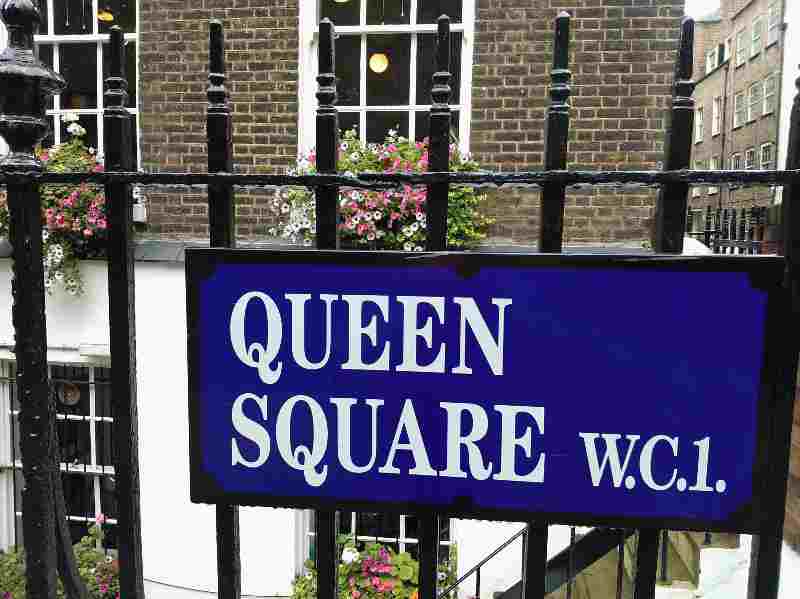10 Scents' Worth #2: The Great Randello
Posted on
- The Great Randello
The story
Not long ago, when I was about to give it up all and turn to watercolours, or something else that isn’t regulated to the point of strangulation by the EU, I was spending another evening attempting to get to grips with the multilevel database bespoke software I use to check that my scents are legal and produce all the paperwork.
I said to Nick Randell (AKA Randello), “Do you think I should just pack it in?” and he said, “If you were going to give up, you’d have given up long before now,” so I kept going, and a couple of sessions later I cracked it: legal labelling and a nice list of EU allergens for the three scents I was about to deliver to Les Senteurs. (Compared to the regulations, making perfumes is a doddle.)
So I thought he deserved a scent. The Great Randello was a Welsh magician, probably related to Nick as that’s where the London Randells came from some generations ago.
In 2012 I went on one of Karen Gilbert’s five day courses, which was wonderful. I needed to work with more synthetic materials - just getting access to them is hard for little perfumers – and this gave me a good crack at sniffing and using a load of things I’d heard of but not experienced.
One of the scents I made there I called my Friday Afternoon Chypre, a dark woody mossy fruity concoction, and I was pretty happy with it but wanted to do a bit more work. I decided to adapt it for Nick, taking out the blackcurrant base I’d used (because I couldn’t find out exactly what was in it) and adding a load of strawberry-toffee scent instead. The technical term is an ‘overdose’; what this really means is that you accidentally shake the measure a bit too hard and drop in three times what you meant to use.
The Great Randello turned out to be a deep dark chypre inside a sweetshop.
The materials
The depth comes from oakmoss, opoponax, patchouli and vetivert. In the middle there are clary sage, sandalwood, bergamot, synthetic musk and ambergris. The fruity intensity comes from raspberry leaf absolute – which is darned tricky to work with but I love it – raspberry ketone and a synthetic which has an amazing fruity cinder toffee scent. Then on top there’s a citrus blend I made up which includes lemon myrtle, lavender and tangerine.

 Make your own bespoke scents, why don't you?
Make your own bespoke scents, why don't you?